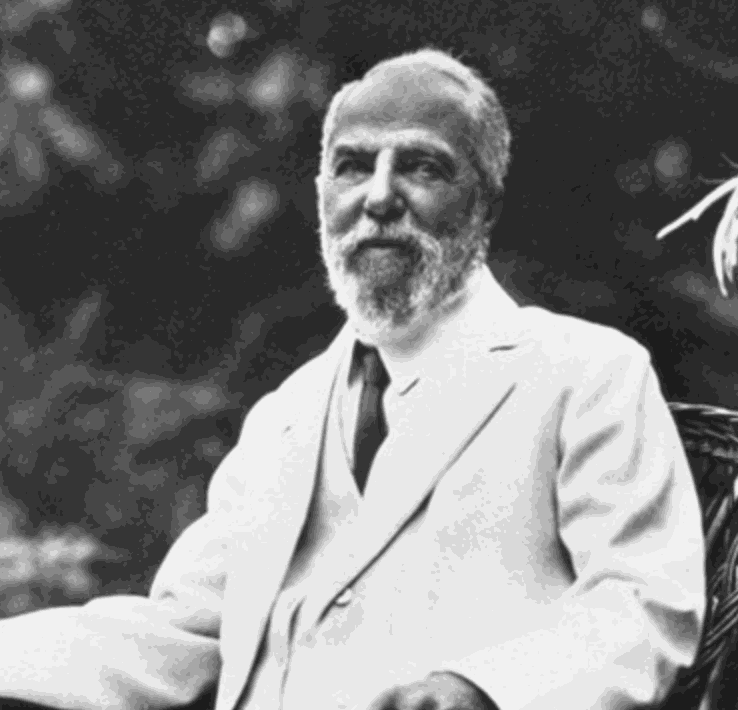"Color is to the eye what music is to the ear."
-Louis Comfort Tiffany
Career
Tiffany started out as a painter, but became interested in glassmaking from about 1875 and worked at several glasshouses in Brooklyn between then and 1878. He later opened his own glass factory in Corona, New York, determined to provide designs that improved the quality of contemporary glass. Tiffany's leadership and talent, as well as his father's money and connections, led this business to thrive. In 1893, his company also introduced the term Favrile in conjunction with his first production of blown glass at the new glass factory. He trademarked Favrile (from the old French word for handmade) in 1894 and later applied the word to all of his glass, enamel and pottery. Tiffany's first commercially produced lamps date from around 1895. Much of his company's production was in making stained glass windows and Tiffany lamps, but his company designed a complete range of interior decorations. At its peak, his factory employed more than 300 artisans.Significant collections of Tiffany windows outside the United States are the 17 windows in the former Erskine and American United Church, now part of the Montreal Museum of Fine Arts in Montreal, Canada and two windows in the American Church in Paris, on the Quai d'Orsay, which have been classified as National Monuments by the French government. The Haworth Art Gallery in Accrington, England contains a collection of over 140 examples of the work of Louis Comfort Tiffany including vases, tiles, lamps and mosaics.
